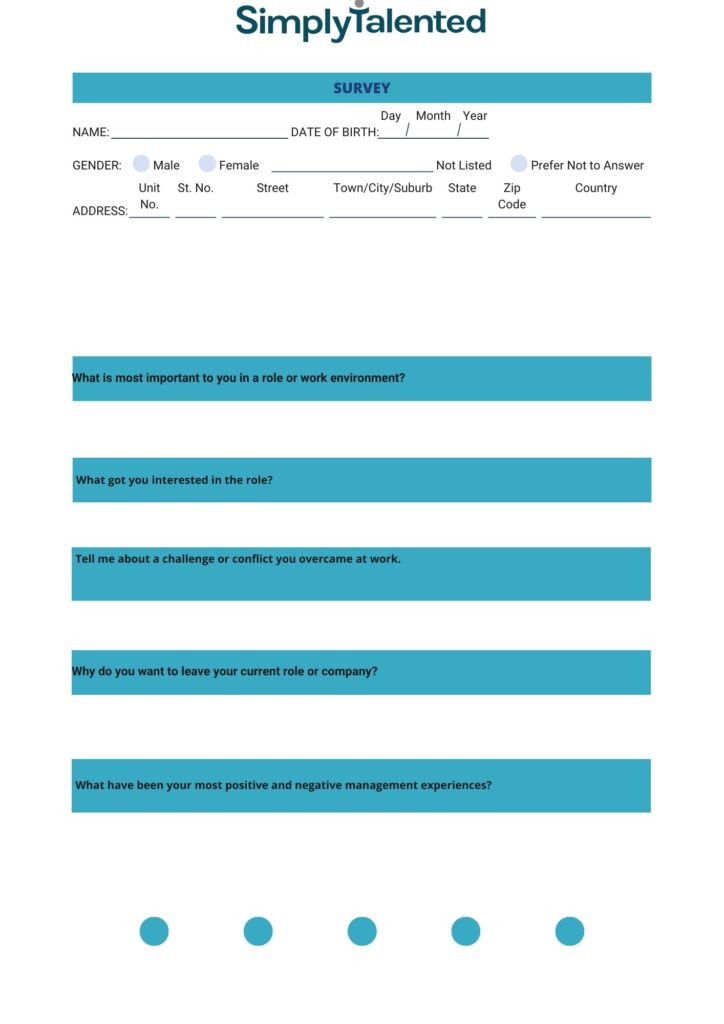
During the employee recruitment process, there are numerous pitfalls that can impact both the company’s reputation and its employees. Finding and hiring the right individuals for your organization ensures its continued growth. It is crucial to have individuals who identify with your company’s values, align with your work culture, and are motivated and engaged in their work. seekers. Statistics show that company culture is important factor of 46% job. In our article, we will discuss several common pitfalls to be aware of and effective strategies to prevent them.
Limiting Yourself to a Single Recruitment Source
Unrealistic Requirements in Job Postings
Including requirements in job postings that are not proportional to the position may exclude valuable candidates. Concentrate on key skills and experience essential for the job. Recruitment ads can sometimes be inaccurate or unclear, so it’s beneficial to delve deeper into the specific requirements for the job. A well-prepared job posting allows candidates to learn more about the company and the employer’s actual expectations. A well-crafted job posting is not just a mundane list of requirements; it’s a powerful tool to inspire job seekers, attract stronger candidates, and amplify your company brand.

Insufficient Candidate Verification
Focusing solely on a candidate’s documents without thoroughly verifying references or opinions from previous employers may result in hiring the wrong person. Check data, contact previous employers, and seek opinions on online forums. Reference checks and background checks are two complementary ways to verify candidates’ education and credentials, as well as their character, reputation, and suitability for the role. Reference checks allow you to gain feedback from people who have worked with or supervised the candidates, while background checks enable you to verify identity, criminal history, credit history, driving records, or other relevant information. Both of these methods can help you confirm the accuracy and consistency of resumes and applications, identify any red flags or discrepancies that may indicate dishonesty or misconduct, gain a deeper understanding of candidates’ personalities, behaviors, and fit for the role and organization, compare and contrast qualifications, skills, and potentials, and make informed and objective hiring decisions based on facts and evidence.
Ineffective Conduct of Recruitment Interviews
Improperly conducted recruitment interviews often stem from a lack of appropriate tools. Prepare questions, familiarize yourself thoroughly with the candidate’s employment history on their CV and LinkedIn. Learn more about the applicant, such as additional education or charitable activities, during your free time. You can create questionnaires for specific skills or experiences. Ensure a professional approach and an assessment of the candidate’s actual competencies.

Lack of Onboarding Process
Insufficient Consideration of Future Employee Needs
Lack of Feedback After Recruitment
A lack of feedback after the recruitment process negatively affects the company’s image. Inform candidates of the recruitment results, providing clear explanations of why they were not invited to further stages. It’s best to convey this information via email or phone. When giving feedback and rejection to candidates, it is important to be respectful, professional, and empathetic. To ensure this, begin with a positive note and thank the candidate for their interest and participation. Deliver the feedback and rejection directly and honestly, providing specific examples and evidence. Be sure to highlight their strengths and achievements, while also offering constructive suggestions on how they can improve their skills or performance for future opportunities. Additionally, express your appreciation and support for the candidate’s career aspirations and goals. End with a positive note, wishing them success and happiness in their career journey.
In conclusion, avoiding pitfalls in the recruitment process requires careful analysis and conscious action. Diversifying recruitment sources, setting realistic requirements, thoroughly verifying candidates, conducting professional interviews, organizing effective onboarding, considering employee needs, and providing feedback contribute to a more efficient recruitment process. Employers, being aware of these aspects, minimize the risk of errors and build a robust team of employees
Let’s start
cooperating
Send us a message whether you are thinking of a career change, looking for exceptional talent or just would like to meet for a coffee and chat.
Related Posts
How to Choose the Best IT Recruiting Firm: Key Success Factors for 2024
In 2024, the IT industry is no longer a bidding paradise, but the demand for…
Women in Tech Statistics in 2024: Trends, Gaps, and Challenges
The tech industry is evolving, with recent data shedding light on the role of women…
Challenges in recruiting Women for Tech roles
Recruiting women, particularly in certain industries and roles, presents a unique set of challenges. These…
Empowering Women in Tech: Key Initiatives in Poland
The tech industry in Poland is witnessing a dynamic shift towards inclusivity and diversity, driven…



